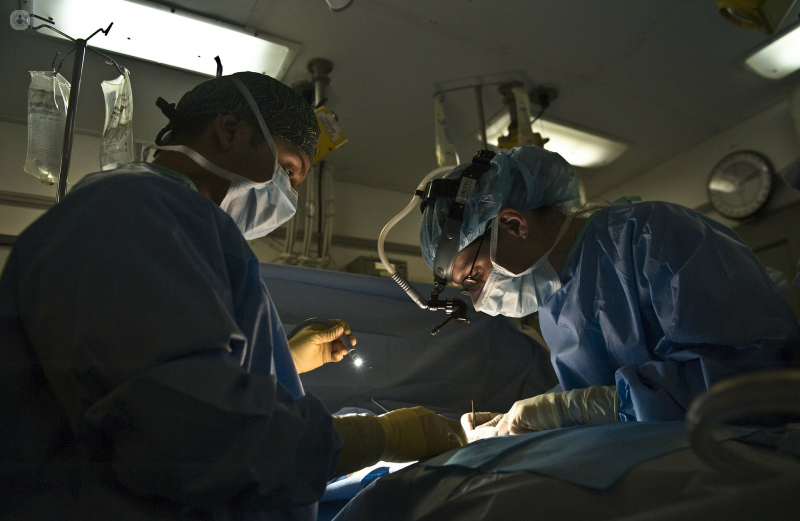Phalloplasty
Dr Gary Horn - Plastic surgery
Created on: 10-20-2015
Updated on: 05-12-2023
Edited by: Karolyn Judge

What is phalloplasty?
Phalloplasty is a surgical procedure had by patients who want to change their sex by having a penis constructed surgically. There are different types of phalloplasty, but they all aim to achieve the surgical creation of a penis for patients undergoing female-to-male gender confirmation. Penis construction surgery can take several different operations, taking up to a year for completion. It is performed with the patient under general anaesthesia.
Why is a phalloplasty done?
Phalloplasty allows the surgical creation of a penis for patients going through gender confirmation surgery.
What does phalloplasty procedure involve?
There are two main types of phalloplasty:
- Radial artery phalloplasty
- Pubic phalloplasty
Depending on what the patient wishes to achieve from the following, it will influence which type of phalloplasty they choose to have:
- Standing up to urinate (void)
- Appearance
- Sexual sensation
- Penetrative sex
- Scarring
- The removal of internal and external female parts
- The number of phalloplasty operations
- Possibility of phalloplasty complications
- Donor site issues
Phalloplasty is typically broken up into three stages so that the patient has time to heal and rest between each operation. Each stage can consist of several operations.
- Stage 1 - creating the phallus and the new urethra
- Stage 2 - scrotoplasty, glans sculpting and connecting the new urethra to the bladder
- Stage 3 - implanting erectile and testicular prostheses
All three stages of a phalloplasty can take between 12 to 18 months to complete, however, if any complications arise, this can cause delays. Therefore, it is not uncommon for a complete phalloplasty to take between two to three years.
Radial artery phalloplasty:
This is also known as a forearm free flap phalloplasty and uses skin from the forearm to create the phallus. This skin is advantageous to use as it is thin, has good fat content and not very hairy, but the main disadvantage of this method is that the forearm is left with significant scarring.
Pubic phalloplasty:
A pubic phalloplasty does not involve creating a urethra, and therefore patients choosing this method will be required to sit down to urinate. Skin is used from the lower abdomen to create the phallus.
What's involved in preparation for a phalloplasty?
Before a phalloplasty, the patient should ideally be as healthy as possible, and stop smoking for at least two months prior to surgery. This is because of the increased risk of complications caused by smoking. Any further preparations would be discussed between the patient and specialist.
What's involved in phalloplasty aftercare?
As a phalloplasty consists of several operations, each can involve a recovery period of four to eight weeks before usual activities can be resumed. Directly after an operation, the following should be abided by:
- Avoid placing pressure on the phallus
- Avoid placing ice on the area
- Keep the area clean, reapplying dressings when needed and having sponge baths
- Do not pull on the catheter
- Empty the urine bag at least three times per day
- Refrain from urinating through the new urethra before your specialist allows it
